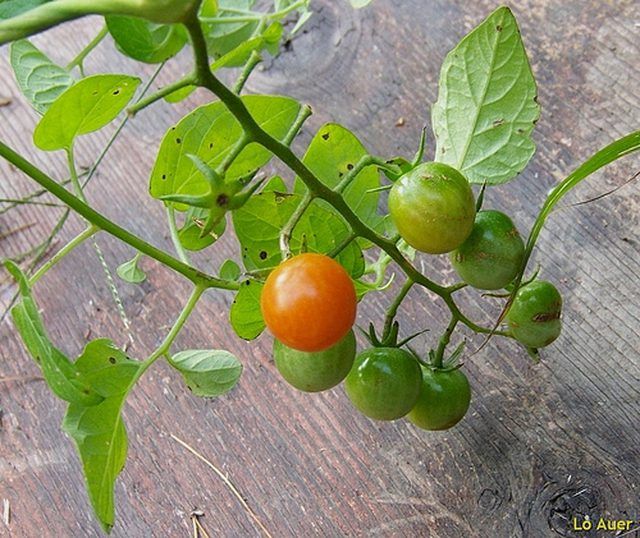Bulbs
Flower Basics
Flower Beds & Specialty Gardens
Flower Garden
Garden Furniture
Garden Gnomes
Garden Seeds
Garden Sheds
Garden Statues
Garden Tools & Supplies
Gardening Basics
Green & Organic
Groundcovers & Vines
Growing Annuals
Growing Basil
Growing Beans
Growing Berries
Growing Blueberries
Growing Cactus
Growing Corn
Growing Cotton
Growing Edibles
Growing Flowers
Growing Garlic
Growing Grapes
Growing Grass
Growing Herbs
Growing Jasmine
Growing Mint
Growing Mushrooms
Orchids
Growing Peanuts
Growing Perennials
Growing Plants
Growing Rosemary
Growing Roses
Growing Strawberries
Growing Sunflowers
Growing Thyme
Growing Tomatoes
Growing Tulips
Growing Vegetables
Herb Basics
Herb Garden
Indoor Growing
Landscaping Basics
Landscaping Patios
Landscaping Plants
Landscaping Shrubs
Landscaping Trees
Landscaping Walks & Pathways
Lawn Basics
Lawn Maintenance
Lawn Mowers
Lawn Ornaments
Lawn Planting
Lawn Tools
Outdoor Growing
Overall Landscape Planning
Pests, Weeds & Problems
Plant Basics
Rock Garden
Rose Garden
Shrubs
Soil
Specialty Gardens
Trees
Vegetable Garden
Yard Maintenance
Why Are My Garden Plants Turning Yellow?
Why Are My Garden Plants Turning Yellow?. Planting a garden is a rewarding, educational experience. After all your hard work planning, planting and cultivating your garden, it is disappointing when your plants become unhealthy. Yellowing leaves is a common problem, and there are many reasons that plants in your garden turn yellow.

Planting a garden is a rewarding, educational experience. After all your hard work planning, planting and cultivating your garden, it is disappointing when your plants become unhealthy. Yellowing leaves is a common problem, and there are many reasons that plants in your garden turn yellow.
Nitrogen
A lack of adequate amounts of nitrogen in garden soil is a common problem that may result in plants and leaves turning yellow or pale green. Nitrogen deficiency in soil is often mistaken as a lack of moisture, which can lead to over-watering. Test the soil using a pre-packaged kit to determine whether you must add nitrogen.
Sunlight
Some plants, such as parsley, tomatoes and cucumbers, require at least six hours of full sunlight per day to thrive. Yellowing leaves may be a sign that your plants are not receiving enough sun. Be sure to plan your garden so your vegetable and herb plants receive sufficient sunlight.
Water
Over-watering is a common reason for plants turning yellow. Proper drainage in your garden area is key, as well as thoroughly reading seed package and seedling directions so you know how much water your plants require. If over-watering is the problem, simply stop watering for a few days. Push your finger into the soil to a depth of 2 to 3 inches to check the moisture level. If the soil is muddy and sticks to your fingers, it is far too damp.
Fungus
Plant fungus is another common problem that can cause leaves to yellow and wither. Since there are many kinds of plant fungus and just as many cures, contact your local university cooperative extension office to help determine what kind of fungus is growing on your plants. The agent also will tell you what products to use to cure the fungus.
Pests
Pests also can cause your plants to yellow. Aphids, worms, caterpillars, flies, mites and others can make plants their home and literally suck the life out of them. Organic and chemical treatments are readily available to help rid your garden of unwanted pests.
Treated Water
City water may be treated for human health and safety. However, that does not mean it is best for your plants. If you are watering your garden with chlorinated city water, this may cause your plants to turn yellow. Using a rain barrel can be a great solution. Place an empty 55-gallon drum outdoors to collect rainwater and use it to water your plants.